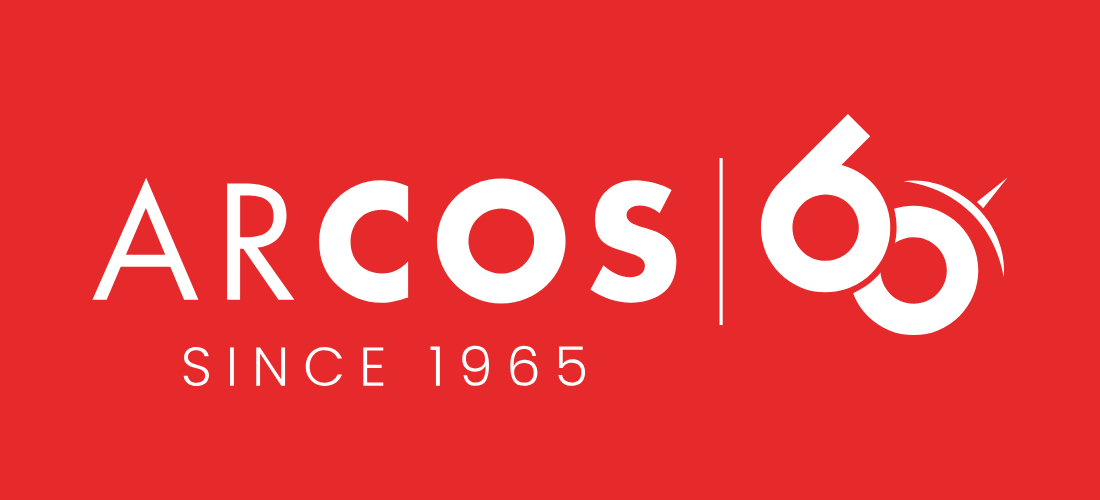The introduction of robots in the performance of industrial processing has made possible to speed up many processes and avoid the practice of alienating and repetitive tasks. However, this does not mean that several processes are more advantageous when carried out manually, depending on the type of requirements and results to be obtained. A practical example concerns finishing processes where, due to the geometry of the piece or the high degree of customization of the particular (very small lots, often reduced to a single unit), it is not convenient to purchase a robotized cell: therefore, thanks to the use of manual machines, these operations reach a unique degree of precision and craftsmanship, where the operator’s contribution can make the difference.
Let’s delve below into the types of machining that are part of this category, and the main features that define a high-performance manual machine.
Table of Contents
The advantages of manual metal finishing machines
The use of manual machines is extremely advantageous for those processes where it is necessary to apply a customisation and detailed control that only an expert eye can guarantee. These machines highlight the value of professional intervention by the operator, who is able to monitor the work process. The staff’s experience allows imperfections or deformities to be corrected in real time and the result can only be excellent.
Through the use of manual machines it is possible to process any type of workpiece and material to the required degree of finish. Mainly, two categories of machines can be distinguished: grinders and polishers.
Arcos manual machines
Arcos’ long experience has enabled it to develop different versions of machines to satisfy different requirements. Within the catalog it is possible to distinguish between manual machines:
- two-head grinders/polishers
- single-shaft
- combined with speed variator
- or constant speed.
Let’s take a closer look at the main features of these machines, depending on the type of work.
Grinding machines: for a workmanlike finish
Metal grinding machines allow irregularities and superfluous parts to be removed from workpieces, achieving not only a precise and impeccable finish, but above all a unique customisation of the various parts.
Grinding is carried out using abrasive materials: from the use of abrasive tapes with coarse grains, to remove casting attachments, weld seams, residual burrs from previous mechanical processing, to the use of fine grains, to make the machined surface homogeneous. Grinding is usually a preparatory operation for subsequent phases such as polishing, painting or various galvanic treatments.
The characteristics of Arcos manual cleaners and grinders are many, in particular they can be integrated with different types of motors available (3.5 HP, 4HP, 6HP, 8HP), they have a working voltage of 380 Volt – 50 Hz and they have a control panel capable of adjusting the working speed quickly and intuitively. They are CE-compliant machines with advanced safety systems, protection and suction guards, clamping keys and much more. The operator can work in total comfort by choosing a sitting or standing workstation: the machine has an adjustable high/low base support with a functional storage tray.
In addition to abrasive belts, the tools used for grinding are lamellar wheels in canvas, discs or grinding wheels. For belt grinding in particular, the choice of contact wheel plays a key role. This is why Arcos offers a choice of different types of contact wheel depending on the type of result required: Vulkollan® wheels, Vulkollan® wheels and sponge, neoprene, smooth and grooved rubber wheels.
Polishing machines: for a quality shine
Once the surface cleaning process carried out by the grinder is complete, polishing can be applied to the workpieces. This process removes any roughness that may be present, giving the object a smooth, shiny surface with a reflective effect.
Polishing allows the operator to fulfil two main purposes: one aesthetic and the other functional.
- 1In many sectors, such as fashion or furniture, the shine of metal is fundamental to infusing value and quality into the object and making it attractive to consumers. Polishing in this case plays a fundamental role in persuading the customer to buy the metal object.
- In the second case, on the other hand, polishing is linked to the performance of the object, as is the case for many mechanical applications in the automotive, aerospace and medical sectors, where the components must have as little roughness as possible to perform their function in the best possible way.
Polishing is a more delicate process than grinding, which is why less aggressive abrasives are used and cotton, Sisal or Tampico (both natural biodegradable fibres) wheels or brushes impregnated with solid or liquid paste are used. It is up to the manual dexterity of the operator to reach the ideal shine point for the destination of the piece, adjusting it from time to time for each individual object.
Conclusion
Manual machines provide a customisation that robotic systems are not always able to apply. Thanks to direct experience in the field, the operator is able to implement a level of finishing of the parts that can vary according to the destination of the object and the diversified requirements of the customers.
Since 1965 Arcos has been committed to providing the best manual machine solutions for cleaning, grinding and polishing metals, guaranteeing continuous on-site and remote assistance to resolve any unforeseen problems and provide professional advice. Service is also assured through the supply of spare parts and consumables for the machines.
If you would like personalised advice or would like to find answers to some of your questions, the Arcos team is available to help you in every detail: contact us and tell us what you need.

